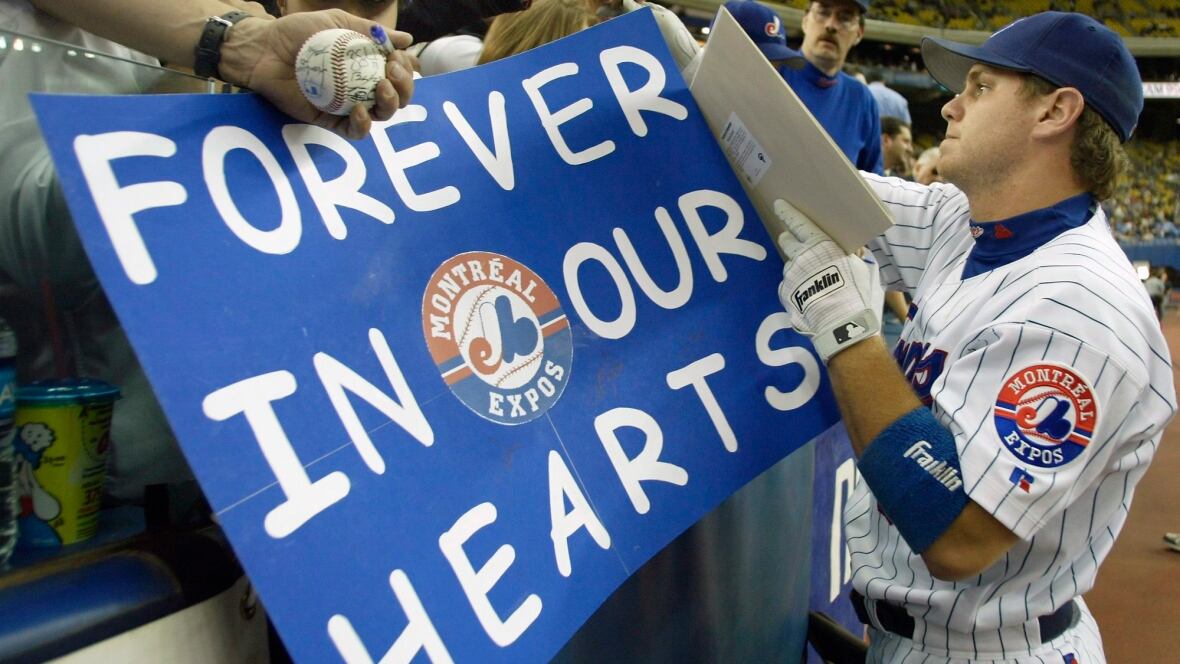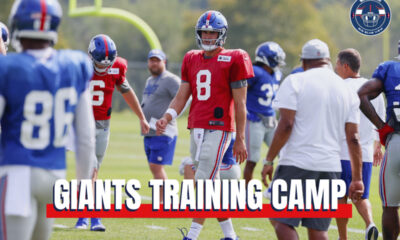
MLB will likely add two new franchises in the next decade. What could the leagues look like with 32 teams?
Major League baseball appears headed for new territory in the 21st Century. MLB Commissioner Rob Manfred has long stated he would like to expand the league, but only once the Oakland A’s and Tampa Bay Rays figure out their stadium situations. Those franchises have now settled on their paths forward, paving the way for expansion. Regardless of how you feel about the A’s leaving town and the Rays not, new stadiums in Las Vegas and St. Petersburg are a long time coming.
That means fans can get excited for two new teams to join MLB in the next decade. There will be plenty of interest around the continent to get in on a successful business venture at the highest level of sports, but a few cities are already the frontrunners. Nashville, Portland, and Salt Lake City have official partnerships ready to bid whenever the league declares they are open for business, and Montreal is a natural candidate as well.
Since the Houston Astros moved to the AL and interleague games happen every day, MLB has two symmetrical leagues with three divisions of five. We shouldn’t put it past Manfred to go with the boring and clunky method of just tacking a sixth team onto an existing division, but let’s have some fun with the potential of realignment. The league hasn’t expanded since the Rays and Arizona Diamondbacks joined in 1998, while the rest of the Big Four has grown this century. Since 2002, the NFL has had two perfectly symmetrical conferences with four divisions of four. This will be our baseline for the new American and National Leagues. In a follow up, I will explore what two geographic leagues could look like.
Setting Some Ground Rules for MLB Realignment
For the sake of this exercise, I am assuming the two new franchises will be in Nashville and Montreal. It is far from a guarantee that either gets a team, but they seem like the two favorites to me. In this scenario, Montreal will of course join the NL, so Nashville will be in the AL. Music City Baseball has chosen the name “Stars” to honor the local Negro Leagues team. For the sake of simplicity, I will refer to the Montreal team as the Expos, though I doubt a new franchise will still be named after the 1967 International and Universal Expedition.
The NFL uses the four primary geographical directions for their divisions, and those work just fine in the new AL and NL. The purpose of realignment is to reduce the burden of travel on each team, so that is the main objective here. I have also attempted to maintain the biggest rivalries but keeping all of them is impossible. Adding a division while reducing the number of teams in each one necessitates some breaking of tradition. With all of that in mind, the new AL is rather straightforward.
Meet the New American League
To start, the AL East and AL North look quite familiar. The East has four of the current members, while the North keeps four of the Central teams. The Orioles, Red Sox, Blue Jays, and Yankees will continue to beat up on each other for years to come. Meanwhile, the Guardians, Twins, White Sox, and Tigers will do the opposite of that.
MLB has a relative lack of southern teams, so Nashville’s addition will help balance the geography. Even so, the AL South is somewhat spread out but probably as close as they can be. The Rays, Astros, and Rangers join the Stars in the division that looks most different from the current alignment.
In order to keep the two Texas teams together, the current West has lost two teams. You might have noticed one team has been left out. Kansas City will party like it’s 1969 as the Royals will rejoin the AL West. Their opponents will look quite different from the first year of divisions as they face off with the A’s, Mariners, and Angels.
The National League Goes International
With an expansion team joining in the crowded northeast, the new NL divisions look a bit clunkier. The cleanest one is easily the NL West, which is the only division that looks familiar. The Diamondbacks, Dodgers, Giants, and Padres remain together.
Under realignment, the new NL East more resembles the AL East, as a Canadian team pushes the center further north. The Expos join the Mets and Phillies, and the Pirates jump ship for the Atlantic shore.
At this point, the current divisions split up more to configure the North and South. The Braves and Marlins are the only NL teams actually in the South, so the division stretches to include the Nationals and Cardinals. The Brewers, Cubs, and Reds form the North with the Rockies latching on, much like the Royals in the new AL West.
Cubs and Cardinals fans would likely be disappointed to play in separate divisions, but putting St. Louis in the North would mean the South extends to Colorado. That sounds more like a college conference than a professional league. Plus, they will still have multiple series against each other, just not as many as division rivals have now.
Ultimately, I think this is a reasonable proposal and the most likely way forward. It is worth keeping in mind that a new team in a different part of the country could drastically change the alignment. If Portland or Salt Lake joins, a new team out west would shift around which divisions the mid-American teams are a part of. For now, we can look at pretty ballpark renderings.












